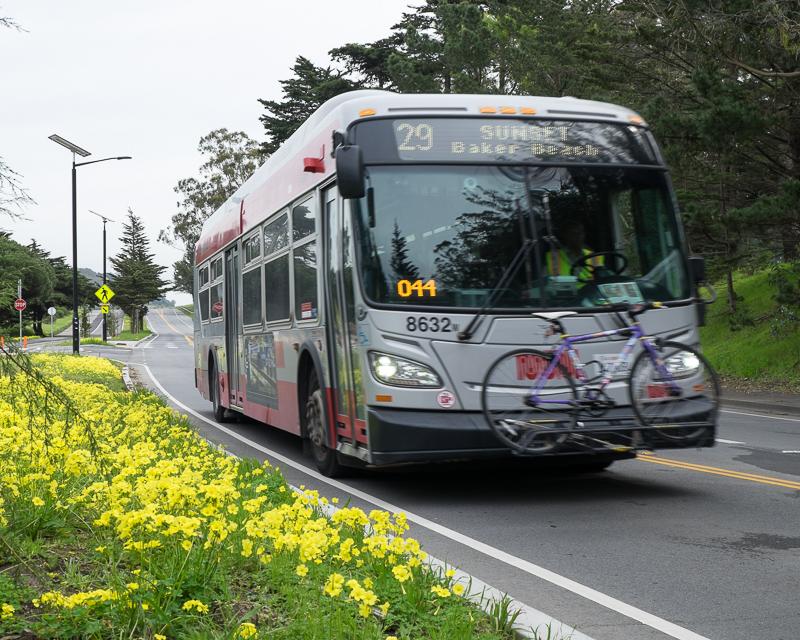Note: GJEL Accident Attorneys regularly sponsors coverage on Streetsblog San Francisco and Streetsblog California. Unless noted in the story, GJEL Accident Attorneys is not consulted for the content or editorial direction of the sponsored content.
At a time when transit agencies are struggling to lure back riders, San Franciscans are begging to ride the bus again. Earlier this month, community members from across the city called into the SFMTA Board of Directors meeting asking to restore late night Muni service that supports the city’s reopened night-life. This past Thursday, residents in the Tenderloin organized a protest to bring back the 31 Balboa. Their petition already has almost 1,000 signatures. Travel patterns may have changed as a result of the pandemic, but public transit is still at the core of San Francisco's economic vitality, our climate goals, and an equitable, thriving city. We can’t afford to wait when it comes to restoring Muni service.
But as SFMTA chooses what bus routes to bring back, they must not make the same mistakes of the past. Riders--in particular riders of color, low-income riders, seniors and people with disabilities--have historically been excluded from the planning process and must be centered in Muni’s rebuild. We are the people who ride the bus every day and know intimately what works and what needs to change. For example: SFMTA’s current service restoration plan puts 98 percent of residents within three blocks of transit starting in August. Sounds great right? Unfortunately, a three block walk in San Francisco can be straight up a hill, making the bus inaccessible for many, from the parent pushing a stroller to the senior returning from the grocery store. Furthermore, if a bus only comes every 30 minutes or is a ‘ghost bus’ that never shows up, what's the point? Centering riders in Muni’s rebuild ensures what looks good on a map aligns with riders’ experience on the ground.
Even with the insights of riders, the path to rebuild Muni is tenuous.
Restoring service isn’t like turning on a light; SFMTA walks a tightrope between the transit death spiral and insolvency. Transit has suffered decades of disinvestment, leaving Muni without enough staff to operate all its buses and with a train control system run on floppy disks. SFMTA may be flush with federal stimulus dollars right now but rebuilding a transit system takes time and sustained investment. At the federal level, HR 3744, the Strong Communities through Better Transit Act, offers hope in the form of $20 billion annually for transit operations. Locally, San Francisco is considering passing a major transit funding measure in 2022, which would go a long way toward rebuilding our transit system.
Unfortunately, we can’t afford to wait for 2022 or for a gridlocked federal government to bring back service. SFMTA needs to increase overtime so it can run more buses now while it hires and trains new operators. SFMTA should also permanently approve the 20-plus miles of temporary emergency transit-only lanes--which creates more reliable, efficient service by taking buses out of congested traffic. That also increases capacity, since buses do more runs if they aren't stuck in traffic. These immediate changes would go a long way to support the city’s economic recovery and meet existing demand.
But whatever comes next, if the needs of riders aren’t front and center, Muni’s rebuild doesn’t stand a chance.
***
Zack Deutsch-Gross is a San Francisco native and Advocacy Director for San Francisco Transit Riders.





